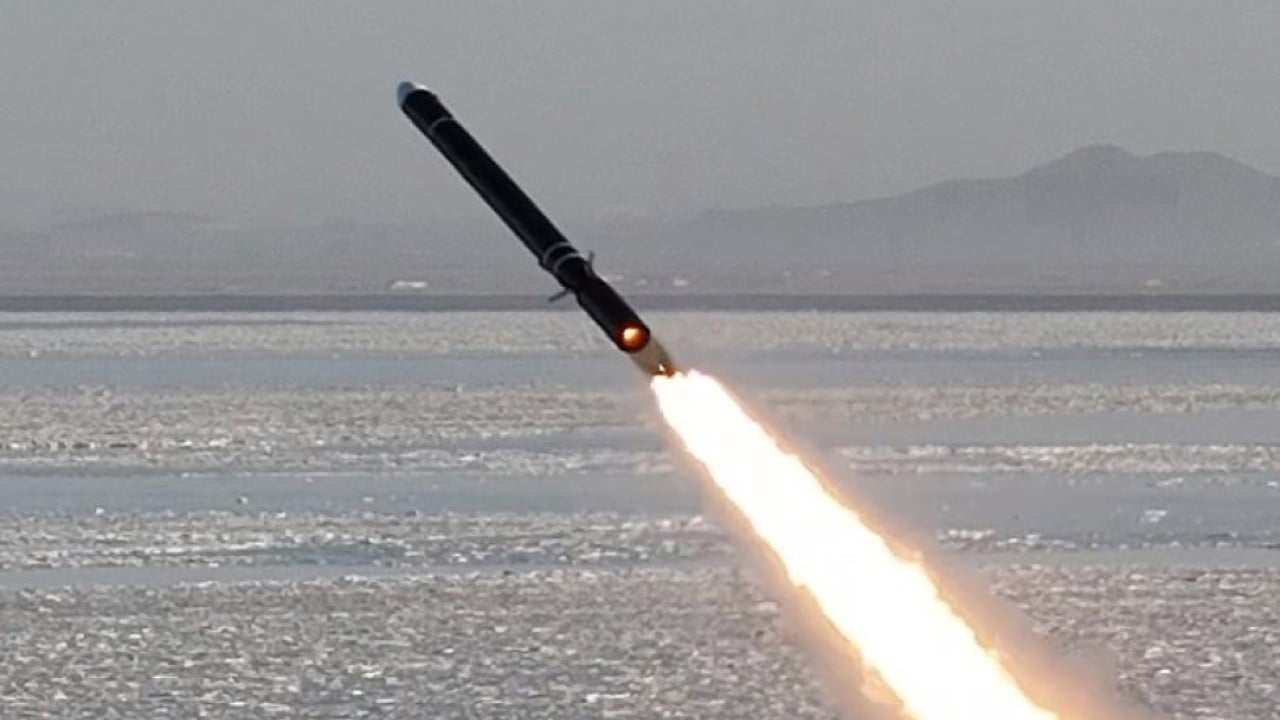For years, South Korea’s government has invested billions in missile shields and early warning systems, determined to keep the threat of Pyongyang’s ever-expanding arsenal at bay.
Advertisement
But the relentless exchange of missiles that defined last month’s Israel-Iran conflict exposed a harsh truth, analysts say: that even the most advanced defences can be pierced, and even the best-prepared nations may find themselves outmanoeuvred – offering a sobering reminder for South Korean military planners of how quickly Seoul’s own defences could be overwhelmed.
North Korea has spent the past decade testing a dizzying array of missiles, from short-range rockets to long-range cruise missiles, each designed to probe and overwhelm the South’s defences. Pyongyang’s strategy is to saturate the skies, analysts warn, launching waves of projectiles in hopes that a few will slip past and strike at the heart of the South.
“Like Iran, North Korea will also pursue a strategy of neutralising our air defence system by using a combination of ballistic missiles, cruise missiles and drones,” Lee Sang-gyu, a researcher at the Korea Institute for Defence Analyses, told This Week in Asia.
“While Israel’s multilayered air defence system was successful this time in blocking attacks, it showed that even the most sophisticated air defence systems are bound to have holes. Based on this reality, South Korea needs to review its defence systems and operations.”
Nearly 50 of more than 550 Iranian missiles that were launched during last month’s conflict broke through Israel’s Iron Dome and other air defence systems, according to the US Department of Defence, amid Israeli and American strikes on Iranian facilities that only set Tehran’s nuclear programme back by an estimated one to two years.


